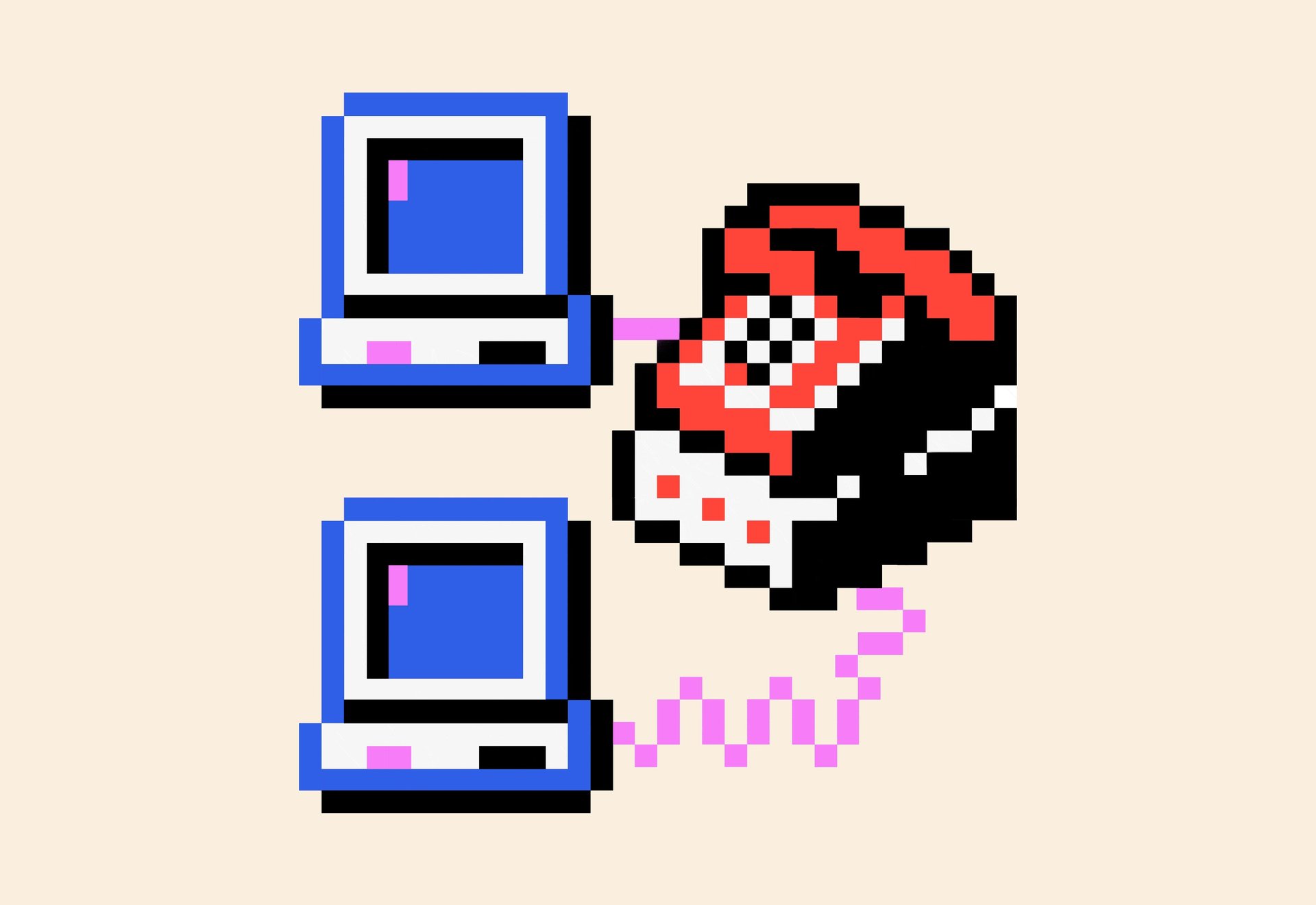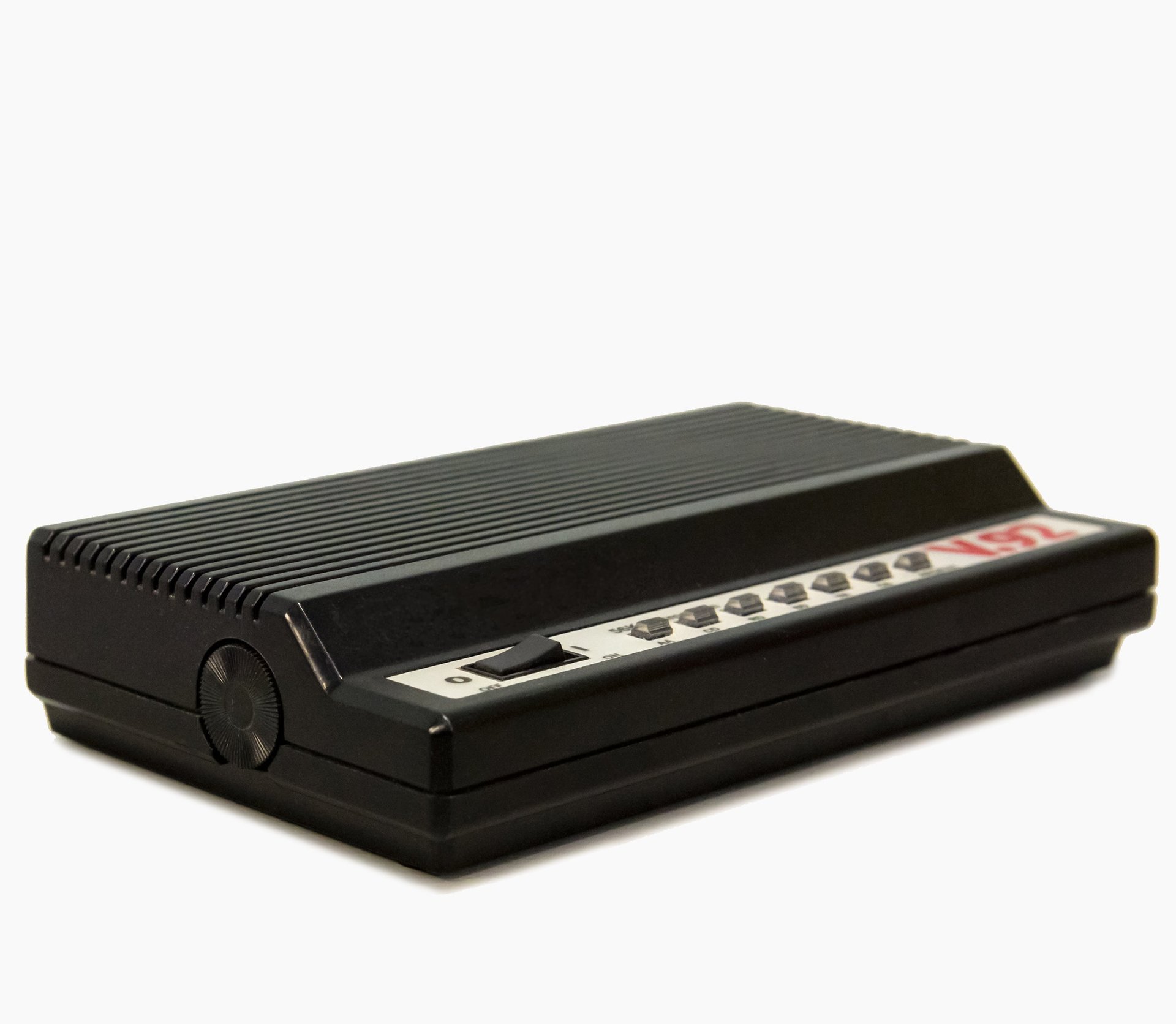A series of mysterious bleeps and bloops defined the early days of the internet
Once upon a time, going onto the internet was a journey through sound. Before all our phones were online all the time, before there were wifi connections in houses, planes, libraries, and coffee shops, we were logged off before we made the conscious decision to log on. Doing so meant listening to familiar dial tones, then a series of mysterious bleeps and bloops, and finally a loud static-y crash that sounded like a radio stuck between stations (if you remember that sound too).


Once upon a time, going onto the internet was a journey through sound. Before all our phones were online all the time, before there were wifi connections in houses, planes, libraries, and coffee shops, we were logged off before we made the conscious decision to log on. Doing so meant listening to familiar dial tones, then a series of mysterious bleeps and bloops, and finally a loud static-y crash that sounded like a radio stuck between stations (if you remember that sound too).
Now the internet is silent and omnipresent. But for early users, those first few moments were a short sci-fi journey through time and space, tunneling out of the house and across the city, or even the country, and opening up a pipeline of information to the rest of the world. Recall the loud, fuzzy modem crash as the Millennium Falcon went into hyperdrive, or the psychedelic portal opening in 2001. It brought a bit of that to your living room.
Perhaps it’s the modern internet that should feel more mysterious. After all, those modem noises allowed us to eavesdrop on the process of making those connections. As the Atlantic’s Alexis Madrigal wrote in a piece about them, “The sounds weren’t a sign that data was being transferred: they were the data being transferred. This noise was the analog world being bridged by the digital.”
Madrigal calls those sounds a “modem handshake.” That’s one term that gets used for it; another is “training,” as the sounds represent two computers exchanging their technological capabilities and determining how best to work within them. One Metafilter user has a ribald—but useful—alternative: “Handshakes don’t have a sound. A better metaphor is bird songs. Creatures were using an analog channel to set up a digital reality; we’ll fuck or we won’t fuck.” Nicholas Negroponte, founder of MIT’s Media Lab, once used a similar metaphor: “These mating calls are the negotiations to find the highest terrain from which they can trade bits, with the greatest common denominator of all variables.”

Denizens of the early internet learned how to read those sounds; like old farmers, they could use their senses to figure out if their data harvest would be fast or slow. After all, while a great technical achievement, those strange-sounding noises were the sound of something essentially simple: your desktop computer almost literally talking to a remote computer across a phone line.
“Modem” stands for “modulation-demodulation,” the process of translating data to sound and back. “In practical terms, a modem transmits a stream of digital information (e.g., 1001110100101) over a plain old telephone line,” writes Kevin Driscoll. It does that as different sounds. Translating those sounds back to digital information is demodulation.
Much of the “conversation” you hear from a modem is figuring out which protocols to use, like two strangers in a foreign country figuring out which language they both speak. Take this thorough breakdown of one modem conversation. First, the answering modem “initiates a v.8 bis transaction.” That’s a protocol, spelled out by the International Telecommunication Union—a common language.
The modems can now tell each other more about themselves. Your modem tells the remote computer who made it, where it’s calling from, and what it’s capable of. If it says “I speak v.21, a 300-baud ancient protocol using a method called frequency shift keying that dates back to the dawn of modems,” that means “talk slow.” If it says “I speak v.90/v.92 at just under 56.6 kilobits per second,” the remote computer knows it can talk faster. It takes about a half-second for the modems to figure this out.
But the conversation between the modems isn’t just limited by their capabilities. It’s also limited by the phone line. Part of the “training” the modems have to do together is figuring out how well it’s working and what frequencies to communicate at. That’s the “doo-doo-doot,” doorbell-like noise: “test tones to see how it responds to tones of different frequencies, and how much it attenuates the signal.” If the modems need to set up filters to be on the same frequency, this is when they realize it. Fourteen seconds into the phone call, the modems know how fast they can talk to one another and what frequency to use.

Finally comes the crash: a wave of white noise that sounds terrifying at first but, as old dial-up users know, usually means the internet and all its joys are about to arrive. That’s the sound of the big data coming in. All the squeaks and scronks that proceed it carry very little information, which is why it’s somewhat comprehensible to the human ear. When the firehose is finally turned on, the data are randomized, and it sounds like it.
Listening to two modems talk is like eavesdropping on a conversation in a language you barely speak, only to have it shift to one you definitely don’t. The first sounds are the equivalent of Sorry, I don’t speak French. Habla español? No? You know Welsh? What a coincidence. Once the speakers agree on a language they speak well, the conversation takes off, and the modem politely takes it private.
Someday it will shut off for good. Dialup isn’t quite dead, but modem sounds are a dying language. But the early internet created a nostalgia machine, and people are preserving its birth screeches, as in this medley.
It’s a reminder of a time when we weren’t surrounded by the internet, and instead had to invite it in—and that rush of anticipation when you could hear it coming.